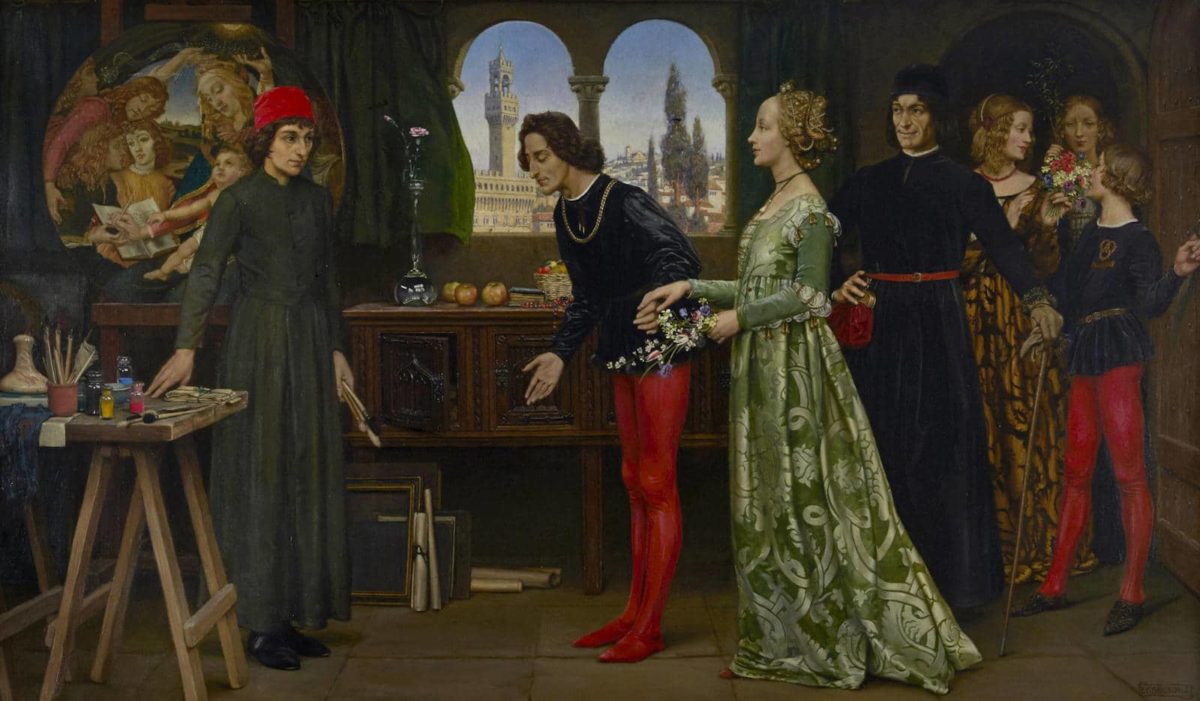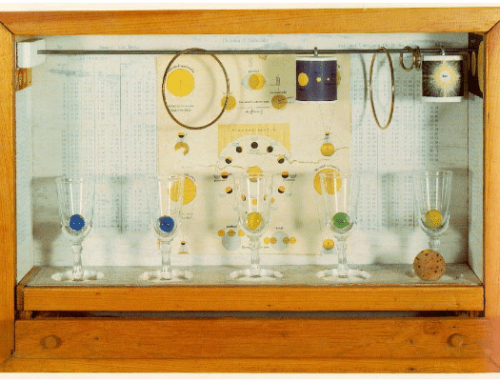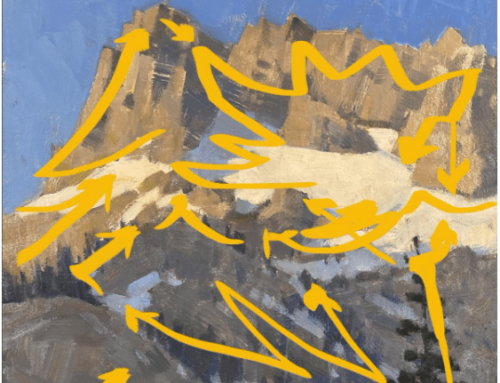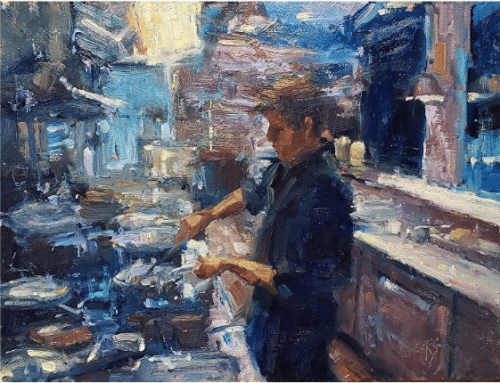Professional artists do studio visits.
The visitor to your studio could be someone you know, a new potential buyer/collector, or it could be a curator or a gallery owner. Obviously the stakes are different between showing your wares to a friend who wants to support you vs. a gallerist sizing you up for representation. If it’s the latter, the dial on the “nervous” gauge punches into the red zone pretty quick.
Studio visits are a common request in the professional art world. It’s important for galleries to see your work in person and not just online.
So, how do you prepare for a studio visit from a potential gallery?
The wisdom here is be prepared to talk about your work in the context of how it will appeal to viewers.
This is not the time for modesty. You’re evidently making good work and it’s getting attention, so drop the self doubt. Be fearless. Be friendly, outgoing, know your stuff, and don’t take anything personally. Don’t talk about how you make the work unless it’s inherently interesting and intertwined with why you make it. The gallerist is most interested in the story, a narrative about the work that directly relates to why people should care. THAT is what she needs in order to sell your work to her clients.
Keep in mind, the artist only has so much influence over the gallerist. This is more like a job interview, where all you can really do is present your best qualities as well as you can. Be pleasant, enthusiastic, ask them relevant questions about the gallery they run, and most of all be your best self. Sometimes an experienced gallerist already likes the work and the visit is to make sure you’re the kind of person they want to deal with.
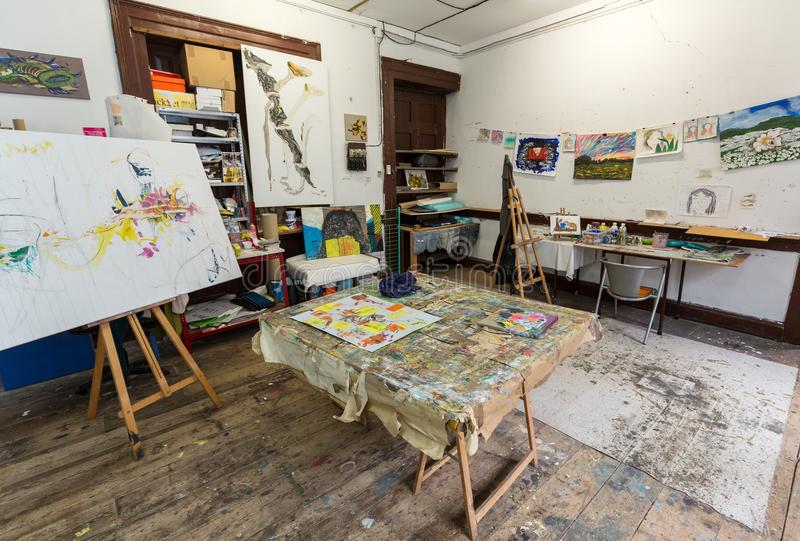
It may also help to keep in mind that on balance, gallery visits result in positive things, even if the positive outcomes are not the ideal or expected ones. For example, you may be disappointed not be invited to join the gallery, but you might be invited into a group show six months later that then turns into an offer of representation. Or not. You just never know.
For insight into what and how to prepare and to be ready for, here are three real-life examples of the surprising ways this strange mating ritual can play out:
I once had a studio visit where the curator looked quickly at everything and didn’t say a word. I thought he was unimpressed, but then he turned around and asked to BUY one of the pieces. Not the intended outcome, but okay!
I had another where a gallerist casually asked a lot of friendly questions up front and then went quiet. I sensed he wanted time to look around on his own, so I left the studio and came back in a few. He thanks me and said that was exactly what he needed. He also declined to take any of the work.
Shortly thereafter, he got in touch. He wanted to know if I’d be interested in trading one of my smaller paintings for an early work by an artist he represented. I went for it, and to this day I love that piece and don’t ever want to part with it. But that was that.
In yet another studio visit with unexpected results, I had an urban gallery owner over. He swooped in and out, to, from, and between my paintings like a barn sparrow looking for a place to nest. Finally he stood still and asked me a wide open question – something like, “What can you tell me about this work?” (Eeek! – But I was ready!)
He liked what I had to say, looked around some more, and then challenged me with a couple very pointed questions related to his market demographic. I sensed it was because he liked the work enough and me as a person, but he couldn’t quite square the tone of my paintings with the gallery’s mission, his vision for what his gallery was all about. Ultimately, he declined to represent me.
Six months later, an artist he represented drop out of the gallery right before a solo show. I got an email from the gallery owner offering me the open slot. The exhibition was a breakthrough success in terms of sales and positive reviews for both of us.
So each visit is its own beast. And while none of these examples led to gallery representation, they all led to something good, albeit in entirely unexpected ways.
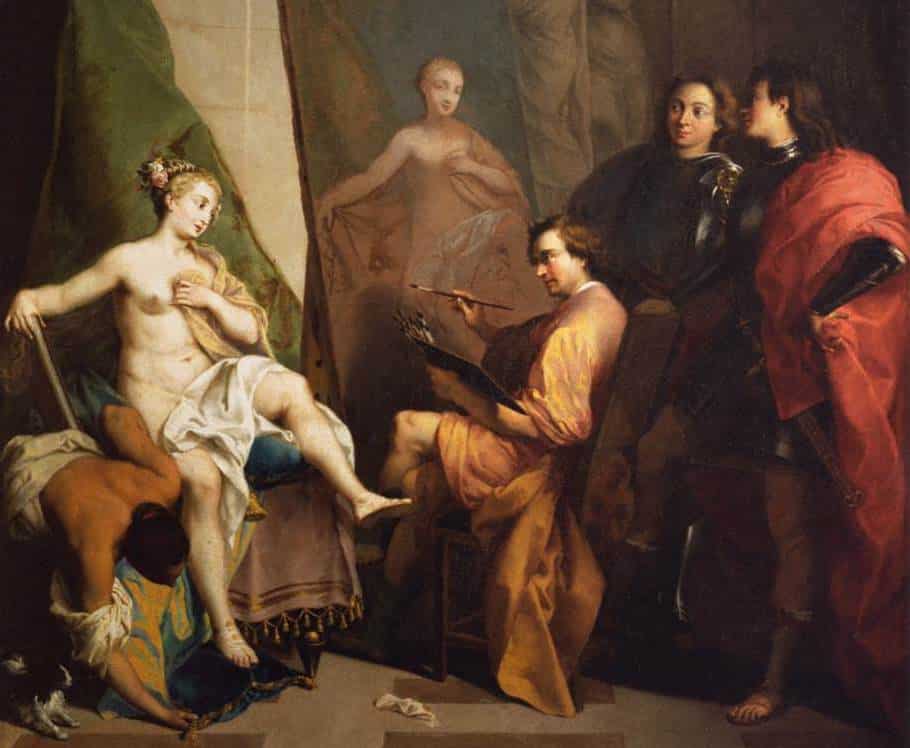
Studio visits have always been a thing.
Maybe the best advice is to keep calm and exhibit on. There’s only so much control you can have in this situation, and the gallerist is always right (or at least thinks they are).
And hey, you should be interviewing them too – you don’t want to start working with just any gallery simply because you have visions of dollar signs. It has to be a good fit for both of you, even (especially) at the level of personality. You are going to be working with this person or persons.
This is a two-way partnership relationship. If you don’t hit it off, you will soon find yourself doing another studio visit with someone else, to the relief of all parties involved.
Once you have a couple of these under your belt, it’s not a bad idea to actually take the initiative and invite galleries to visit (perhaps sweetening the deal by offering wine or a fancy lunch or the like). If you sense a curator likes you and your work okay but decides you’re not the right fit, you can always ask them for recommendations about who to show your work to next. It never hurts to make connections.
The rules are wide open and unwritten, so feel free to make your own. Just know yourself, be yourself, and be ready to talk about why your work is worth seeing.
In the paint,
Chris

